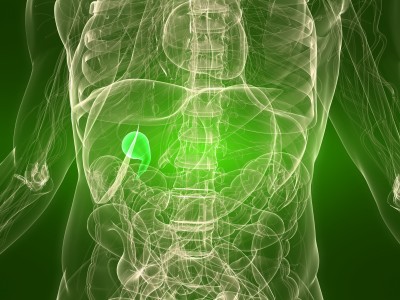One of the most common surgical removal procedures that have become a success story in the medical history is the gallbladder removal of what is scientifically called Cholecystectomy. This procedure is done when problems occur in the gallbladder and can affect the functions that it does. The gallbladder is located underneath the abdomen in the right side of the liver. Problems concerning this organ may be caused by gallstones. When stones are formed inside the gallbladder, it blocks the bile to flow. Swelling then occurs. Other causes that affect the gallbladder include cholecystitis (inflammation of the gallbladder) and cholangitis (inflammation of the bile duct). When this condition becomes worst, removing them is then recommended.
Gallbladder Removal Procedure
Removal of the gallbladder is an intricate procedure which is why it is necessary that before going through the surgery proper diagnosis has been gone through. Before the actual surgery, the anaesthesiologist will ask you questions which will often involve your medical history and the surgeries which you have gone through in the past years. General anaesthesia will then be administered which will keep you asleep during the whole surgical period.
In the actual surgery, the doctor will be making three to four small incisions and will then insert tube-like instruments to the said incisions. To help the surgeon see through the abdomen, gas will be used to fill it. A camera is inserted in one of the tubes so that the inside of the abdomen will be reflected in the monitor in the operating room. Other surgical instruments will also be placed in other tubes so that the surgeon will not have to make a larger incisions in the abdomen itself. Necessarily, the surgeon is already knowledgeable in this kind of procedure which is why there is nothing to worry about. After the surgery, you will then be subjected to instructions that pertains to gallbladder removal recovery. There are certain risks that are attached in gallbladder removal. These include bleeding and infection. With proper post-medication this can be tempered and prevented to become worse.
After the incisions are closed, you will then be brought to the recovery room where you will be monitored by a nurse. The bandages are kept clean and free from any form of dirt that may come in contact with the affected part of the abdomen. Nausea, vomiting and pain are common after effects of gallbladder removal. Often, a follow up appointment will be scheduled two weeks after. You can then either go home or stay in the hospital depending on your condition. In some cases, if there are some complications, then necessarily staying in the hospital will be recommended.
Recovery Period After Surgery
During recovery, there are certain symptoms that should be monitored to determine if there are complications or none. Some of these effects are fever, worsening pain, swelling and warm incisions. When these signs are felt, then it is necessary to immediately consult with the doctor. Needless to say, there should be lesser activity after the said surgery. However, there are patients who are actually able to recover fast so that they can go back to their work and daily activities in a faster period. These will all depend on the success of the gallbladder removal as well as to how your body will be reacting to the prescriptions that will be given later on.
In the gallbladder removal recovery, the best thing that a patient can do is to follow whatever is told to him. Obeying instructions as well as suggestions from the surgeon himself will fasten the healing of the incisions in particular. If the incisions are small, then expect that there will be lesser scars too. But there are cases where large incisions are needed. This time, it follows that larger scars may be left too. Eating a proper diet and making necessary visits to the surgeon also help in faster healing of the affected parts of the abdomen. In addition to that, being sensitive on the activities that you think will exert too much pressure and force from your abdomen should be prevented. Ultimate healing of the incisions that will make one return to his or her normal activities will depend much on the condition of the body after surgery.
